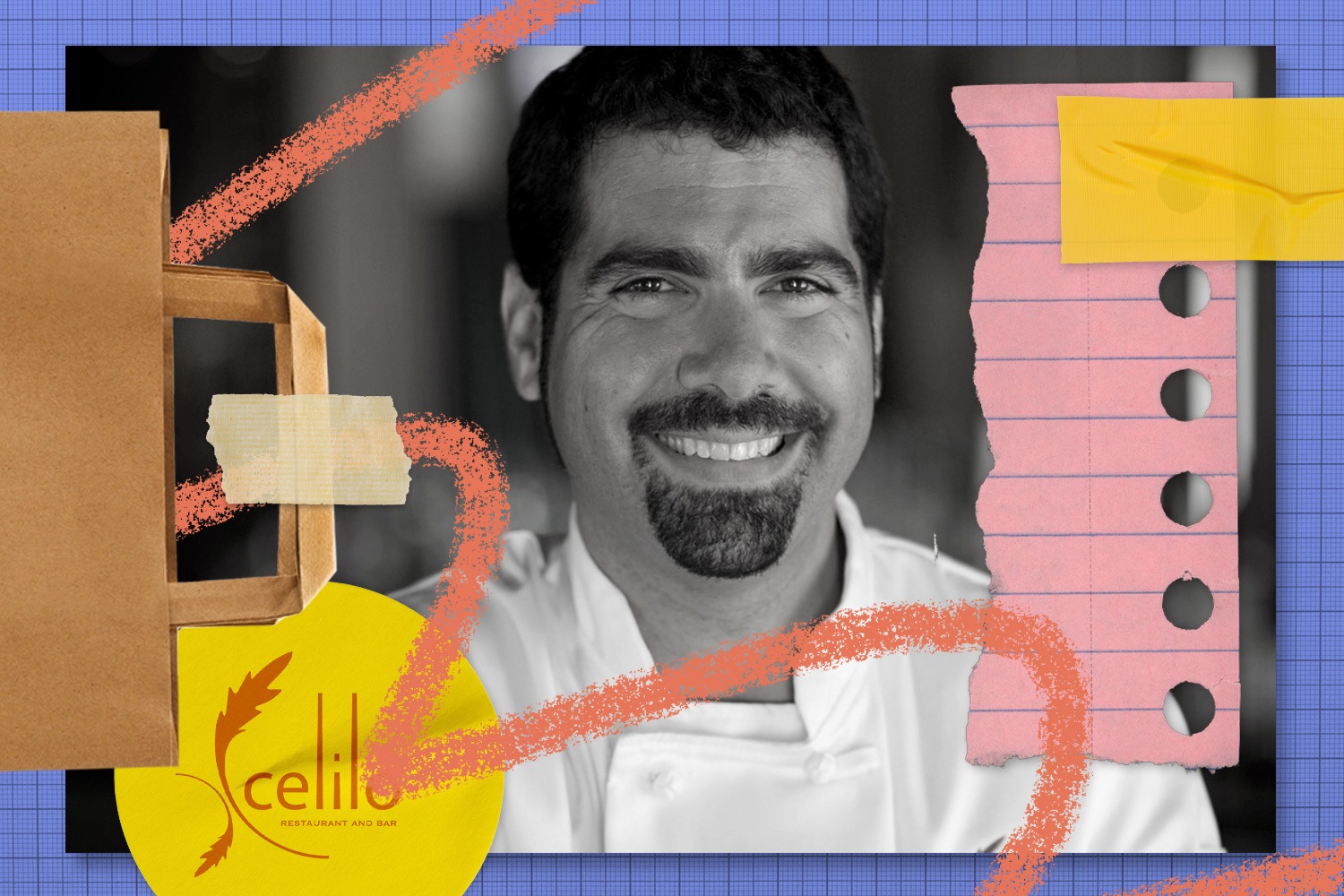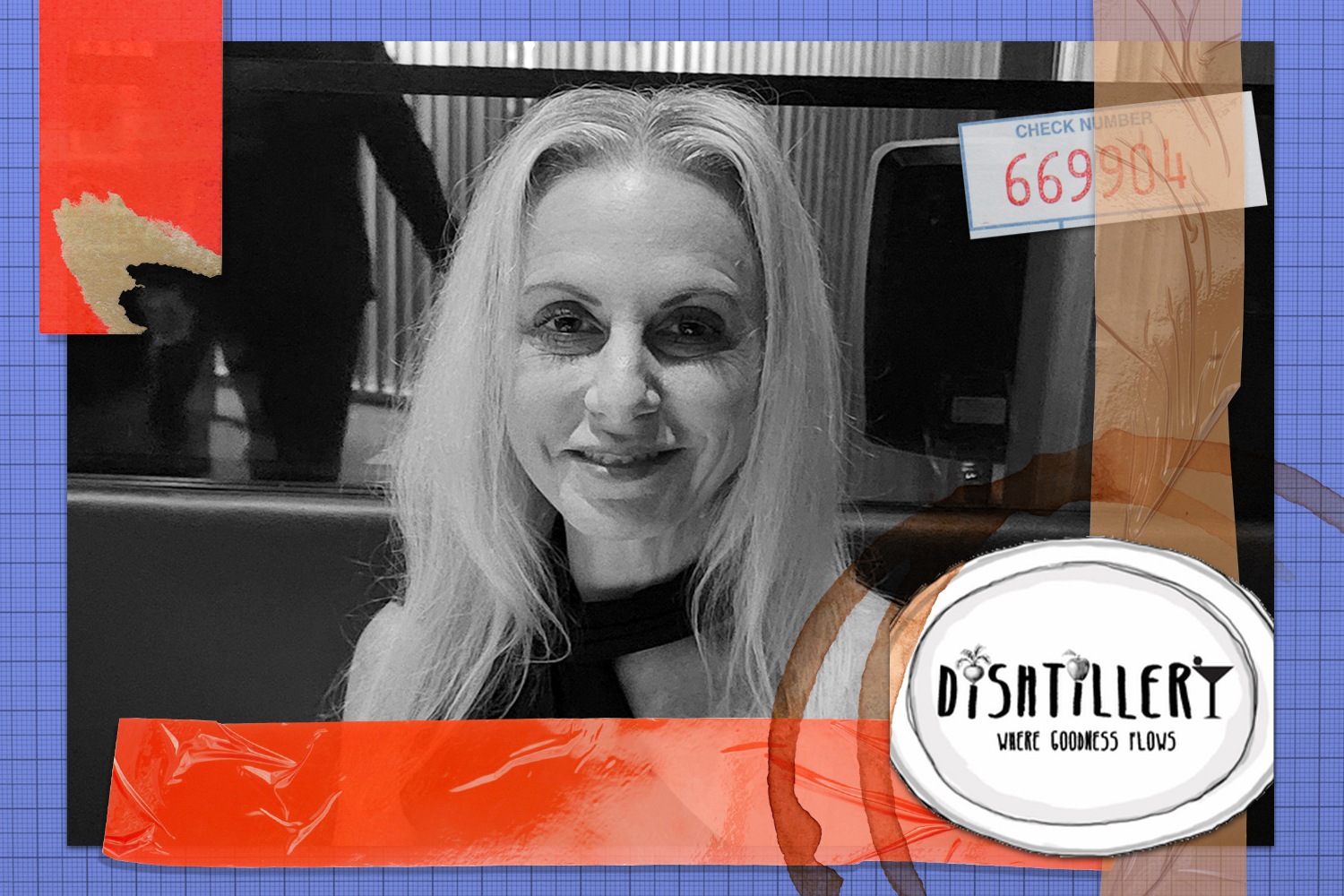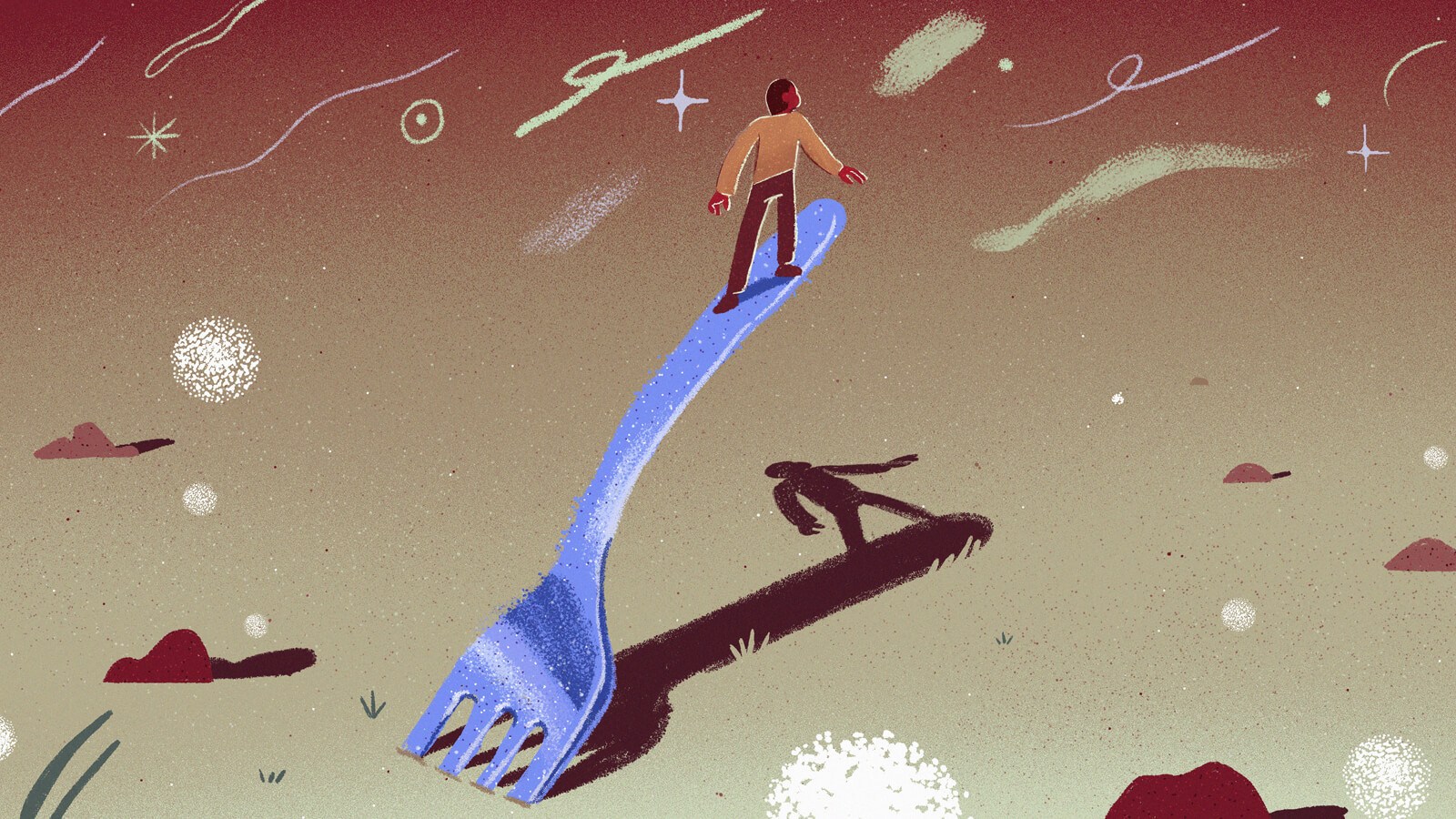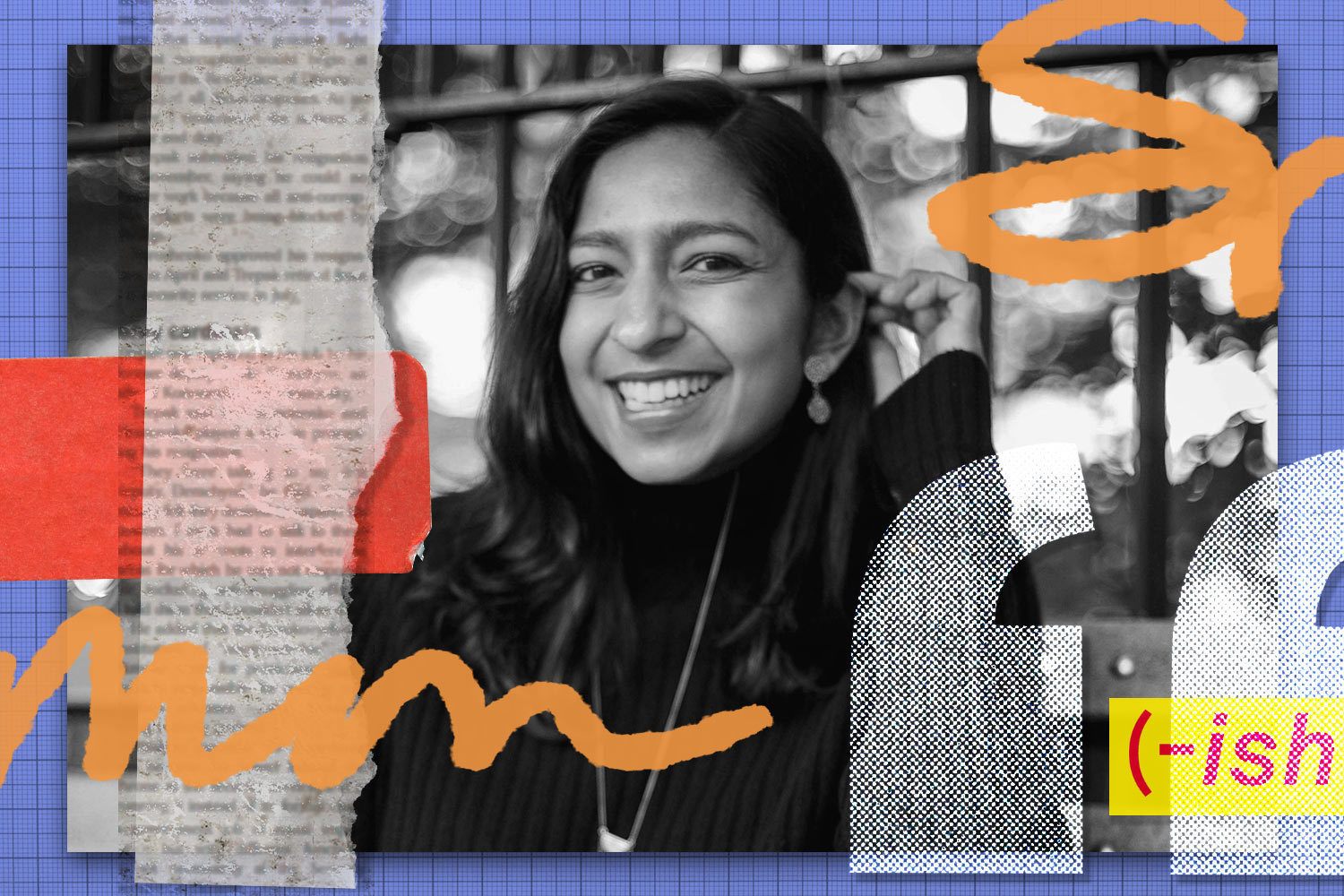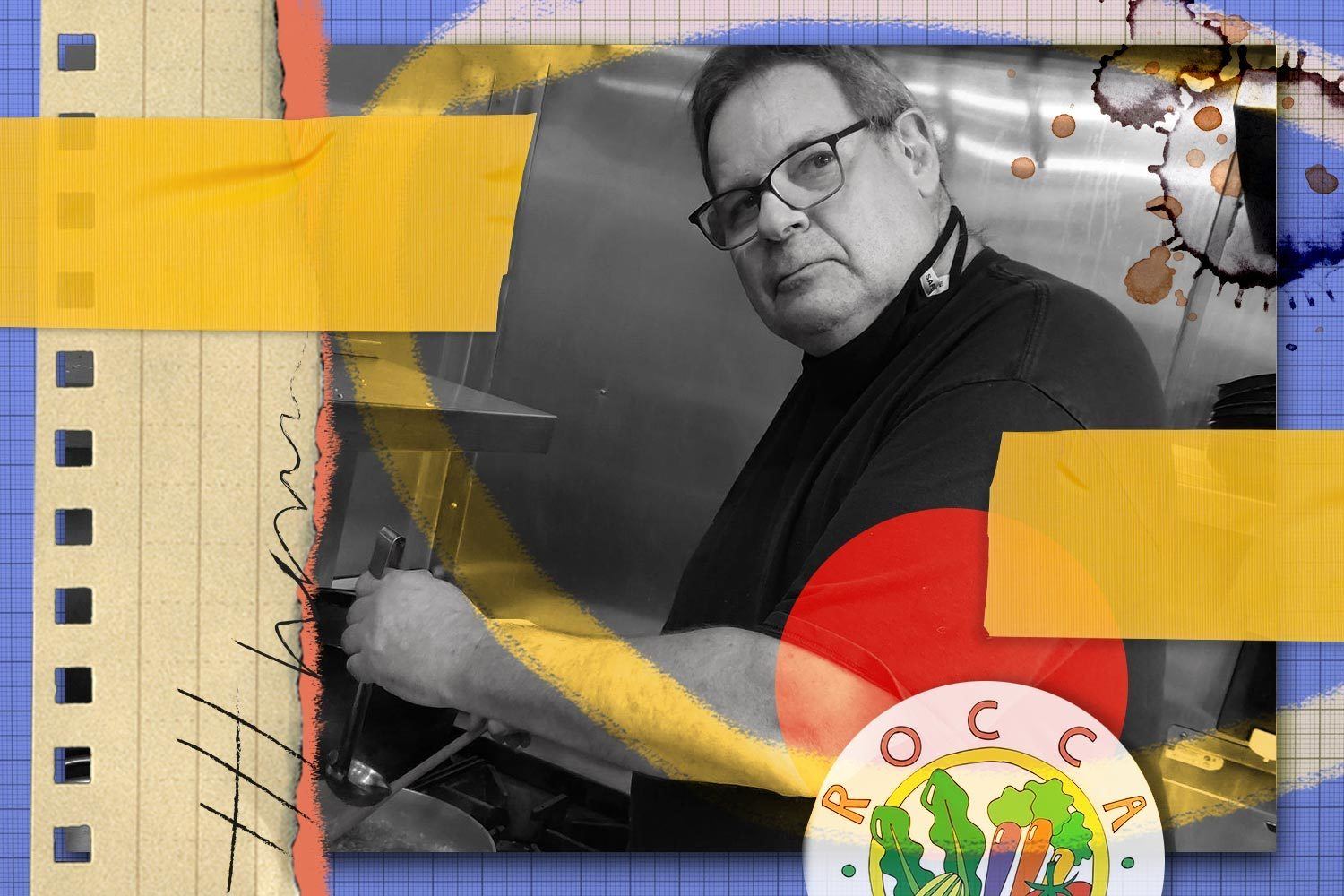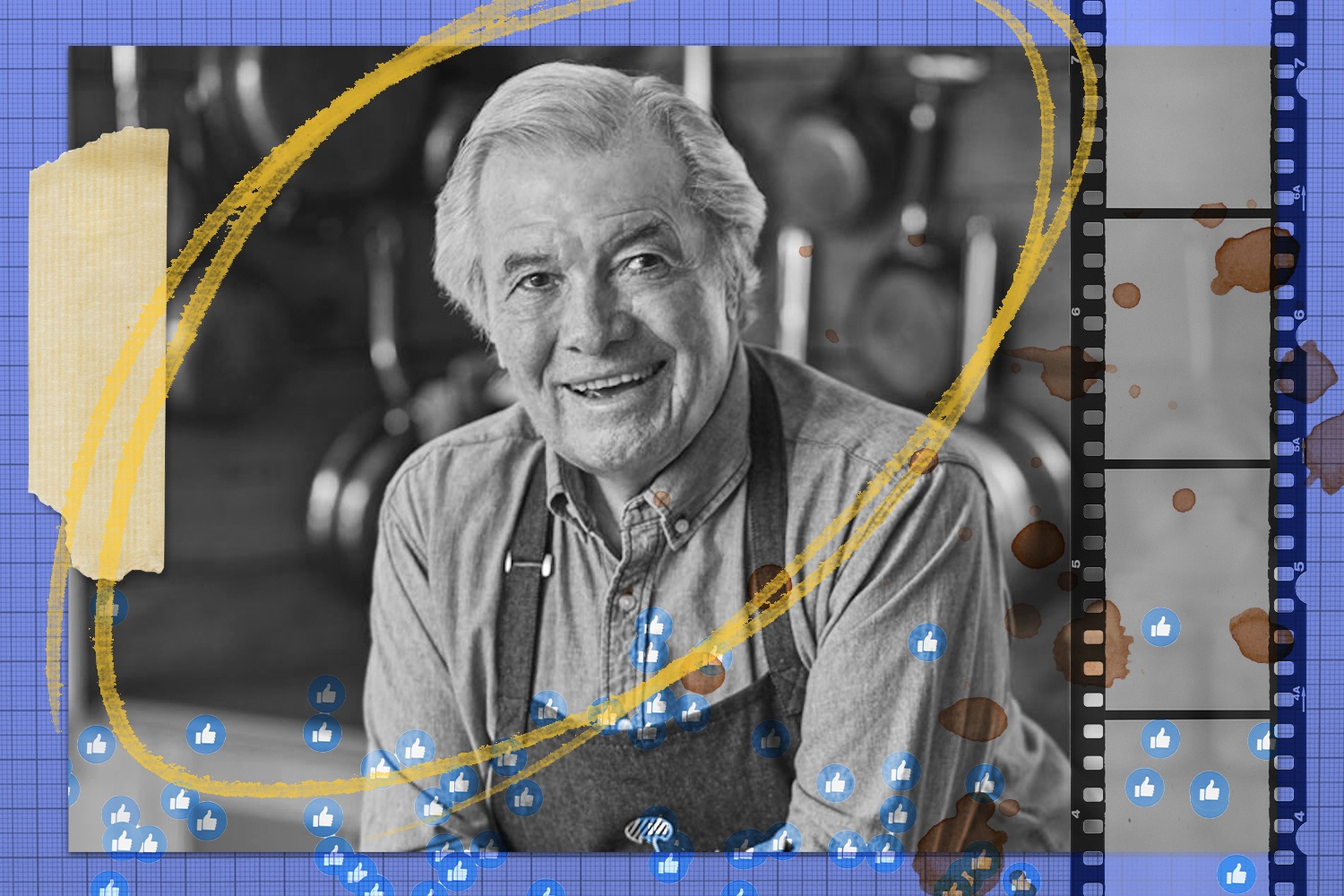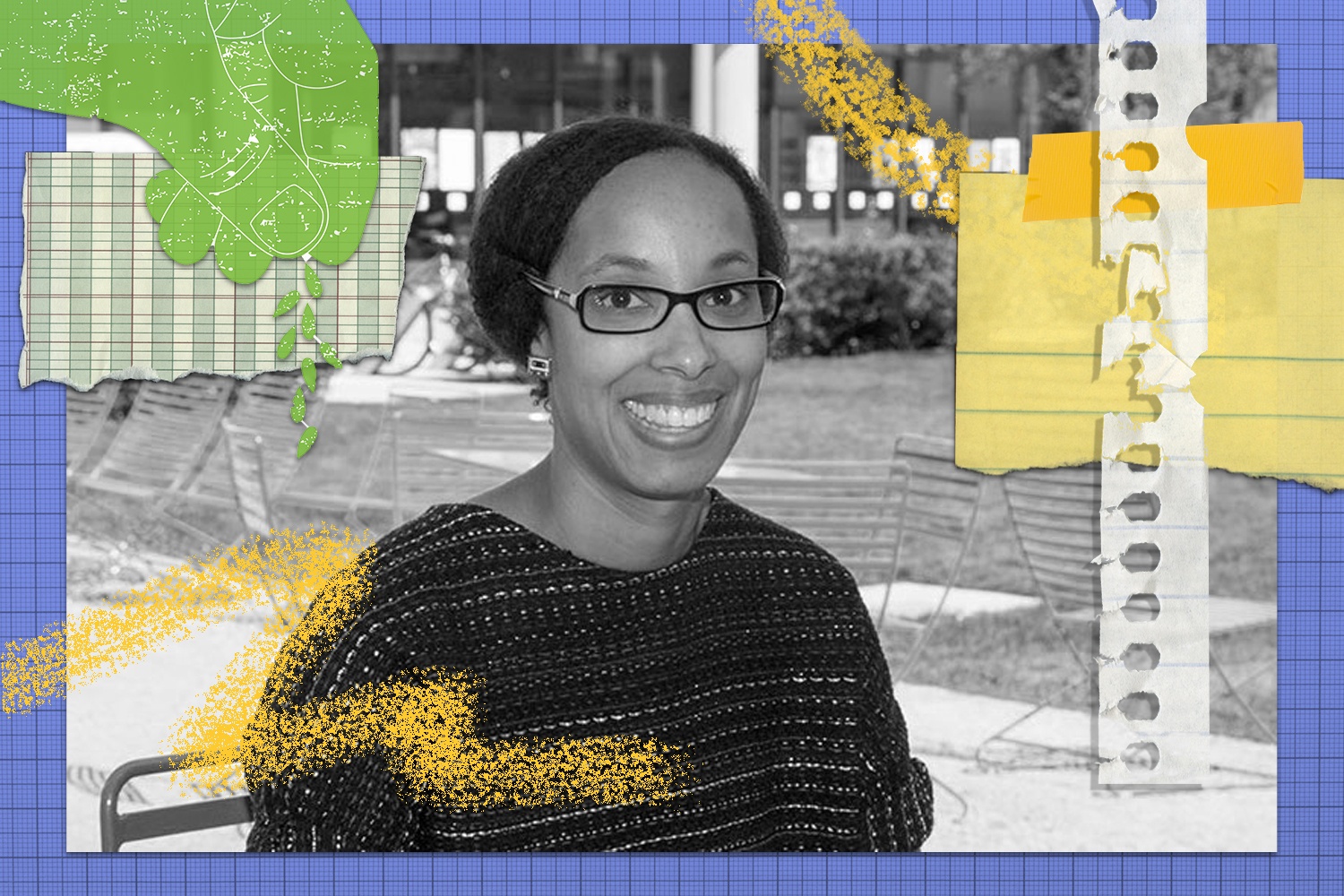
Portrait: Courtesy of Jessica Kehinde Ngo | Collage: Talia Moore for The Counter/iStock
Covid-19 changed the way I teach food writing. I’ve traded Child and Bourdain for tweets and zines and artwork shared by Instagram.
In the spring of 2020, Jessica Ngo began preparing to lead two classes in food literature. But the Los Angeles-based writer and educator, who teaches the Otis College of Art and Design and the online education program of the literary magazine Creative Nonfiction, couldn’t prepare for the global pandemic that would disrupt her students’ relationship to food—and force her to tear up her syllabi. With caseloads rising and cities entering lockdown, it no longer made sense to study the words of the genre’s established voices. Instead, she turned to artwork and written reflections that everyday people were posting to the Internet as they coped with a remade reality—an experience that forever changed her sense of what food writing can be, and how it should be taught.
—
For the past decade, at the Los Angeles art school where I teach, I’ve taught an elective I designed called “The Literature of Food.” It’s a class that looks at fiction, nonfiction, poetry, and drama to see how writers use food to tell their stories. Like most introductory classes, it’s sort of an introduction to the canon. We’ll read people like Julia Child and M.F.K. Fisher, considered by many to be the founders of food writing. And Anthony Bourdain, as well as pieces from The New Yorker and The New York Times food sections. More recently I’ve started teaching a young adult novella, Seedfolks by Paul Fleischman, which is about community gardens—I’ll have my students write a chapter about planting their own seed in the garden, something related to their cultural background. I do try to introduce them to some new stuff, but I’ve always included mostly established voices.
Last year I was teaching the course at the art school, as well as an online food memoir class for the nonprofit Creative Nonfiction Foundation. We were about three quarters of the way through the semester when the pandemic really started to pick up speed. Since both courses were already online, the format didn’t change very much. But as cities started to shut down and things started to spiral out of control, I didn’t think I could keep teaching all the stuff I had planned. It just seemed too important in that moment to talk about what was happening in the world.
It made no sense for me to pretend it was business as usual in the classroom, not when we were all so heavily affected by the pandemic.
It made no sense for me to pretend it was business as usual in the classroom, not when we were all so heavily affected by the pandemic. Suddenly, people couldn’t find everyday foods they normally bought at the grocery store. Everyone was cooking at home, even people who usually didn’t. I teach a lot of international students, some of whom were kicked out of the dorms and sent home—an abrupt transition that completely changed what they were eating. Suddenly, readings I had planned to assign didn’t seem as relevant as the stuff of our everyday lives.
So I did a deep dive all over the Internet, looking for what was being written. I had left social media two years before so that I would have more time to write, but I suddenly felt the need to rejoin because I wanted to see what kinds of stories people were sharing. I rejoined Instagram—I still can’t deal with Facebook—and noticed how much people were sharing about their at-home cooking experiences. You could find stories about how different people were eating in cities all over the world—this really intimate, in-the-moment discussion of food.
As my art students are very into visuals, I was particularly blown away by some of the illustrated and graphic novel style food memoirs circulating the Internet and couldn’t wait to share about these with them. I somehow found Iranian illustrator Golrokh Nafisi who started a series of black and white portraits called “Quarantine Kitchen” that depicts Iranians cooking, with thought and speech bubbles over their heads as they navigate their new lives in the kitchen on her Instagram account. I also came across fellow Angeleno, illustrator Shing Yin Khor, who was posting diary-like quarantine cooking experiences on Instagram and Twitter throughout the week. I remember one entry in which Khor depicts a single Cup Noodles with chopsticks inside and the margins read, “this is all I can do today.” I found stories like these so relatable and my students loved the format.
I started to realize that the best chroniclers of the pandemic were not the well-known masters I’d always assigned to students. Instead, I became obsessed with sharing how everyday people were coping with the current, urgent moment—and that started to change my sense of what it means to be a food writer.
I became obsessed with sharing how everyday people were coping with the current, urgent moment—and that started to change my sense of what it means to be a food writer.
There’s this belief that you have to look a certain way to be a professional. You have to have a certain background in order for people to read your work. But, for me, the pandemic underscored how much everyone has an important story to tell—that writing is something that anyone can do, and that everyone’s story is important and worthy of being heard. People are doing amazing work that may not be in the big-name publications, or collected in books you can find in the bookstore. These bloggers and illustrators and Instagram users are part of the true experience of what food literature is, in all of its different formats.
While all this was happening, of course, we witnessed the uprisings that took place in response to the murder of George Floyd. And as the editor-in-chief of Bon Appetit resigned, the conversation about why the food writing world needs a greater diversity of voices took on new urgency. I think living through those moments only strengthened my new commitment to letting people tell their own stories, and to see those stories as worthy of the same kind of attention we reserve for professional writers. It made me yearn for greater inclusion, too—highlighting the need to do more to pull in narratives from people of all kinds of different backgrounds, which is what food writing should be.
Something amazing happened to my students when I started to teach this way. They started seeing connections to the course everywhere, often e-mailing me to send random stuff they came across that I might like. I had one queer-identifying student tell me she had seen a thread on Twitter about a bunch of artists coming together to create a zine called Parsley Sage Rosemary & Quarantine: Recipe Comics for Social Distancing. The zine is downloadable through the creator site Gum Road, and it’s published by a queer comics publishing company. I purchased it immediately and can’t wait to refer to it in future classes. I want to showcase more gems like this in the future and I love that my students are helping me to move in this direction by sharing their findings with me.
The pandemic was a reminder that food connects us across the globe. Because of that, we can’t just hear stories from five people. We need to hear everyone’s food stories to actually have a meaningful portrait of what our collective food life is. After all, each person has their own unique food stories to tell. It doesn’t matter if we have a major publishing deal or we’re writing an Instagram post—either one is worthy of our time.
